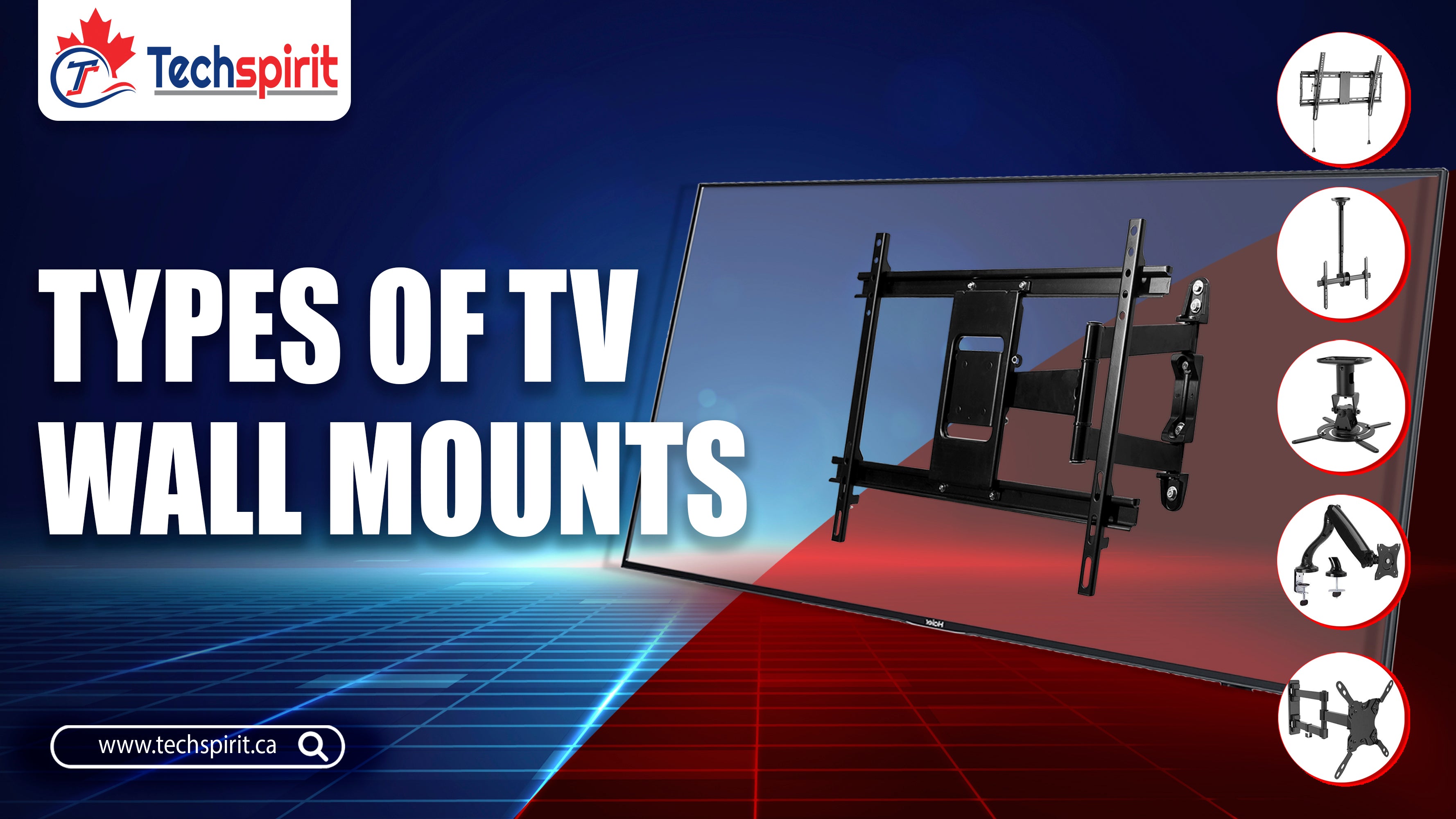It is undoubtedly quite demanding to choose the right TV that will appear attractive in your home or room and simultaneously provide you with the services you require. If you find the ideal match, you must invest much time and effort.
After going to such efforts to obtain this significant entertainment device, you face the challenge of selecting the ideal wall mount from different TV mounts. If you can't possibly guess correctly on this one resulting, your television will tumble to the ground. The TV can also be set up on a table or other types of stands, but let's be honest: flat screens look amazing when hung.
You have come to the right page if you came here looking for information on the best TV wall mount types and what they mean. The following list includes the various categories of wall mounts.
- Tilting TV Mounts
When watching TV from the floor, sofa, or a higher position, tilting the wall mount lets you slant or tilt your TV to a position that works best for you. Comparing the tilting degrees of several models will help you decide which tilt is ideal for you.
This type of mount's main advantage is that it allows you to change the screen's angle even after the TV has been mounted to a wall. The bedroom or hotel room is one where the tilt mount may be used, as one could watch TV comfortably while seated on the floor, on the bed, or even while lying on the bed.
- Full Motion TV Wall Mount
This type of wall mount is the most adaptable, and as its name implies, it enables the screen to be rotated to any desired angle. For example, most models allow the screen to be pushed out, moved up and down, to the right or left, and sometimes turned 90 degrees and 180 degrees.
These mounts are, therefore, the best choice if you have a large space with different viewing angles. In addition, full-motion mounts offer the greatest degree of flexibility in viewing angles compared to any other mount type.
Extending the TV forward on full-motion mounts also means that all wiring can be sorted after the TV has been mounted on the mount.
- Flat TV Wall Mount
Fixed brackets and low-profile TV mounts are other names for it. Compared to other types, the flat tv wall mount is the most widely used as it is the simplest and typically more economical. In addition, you can mount the TV near the wall so it doesn't protrude into the room. However, as the name implies, most are attached to the wall once mounted; therefore, changing them could be very difficult.
It is crucial to consider a few factors before putting the low-profile mount on your TV. Consider leaving the extra room before mounting your TV if cords like the HDMI and satellite cable are attached to the back of the device, or use cable adapters for adjustments. The wall or area of fastening must also be spacious and transparent to make it simple to position the mounts according to the viewing angle of the audience.
You must decide if the appearance of the TV mount in the room is your priority. Or is it crucial that the TV perspective can be changed? If you are more worried about how you can change your viewing experience once it is attached, look at the moveable choices.
Will the Mount Last?
The materials used to construct mounts vary among manufacturers. The mount producers typically use steel, aluminum, and plastic for their structures. The steel will probably last the longest on a larger TV, but you can rest easy knowing that as long as the mount is UL approved for your TV, it should be good regardless of the materials used.
Final Say
After reading about the many TV wall mounts, you can confidently go to Techspirit, whether you are visiting a store nearby or doing an online order, and obtain the product that appeals to you the most without becoming perplexed by the marketing jargon.




